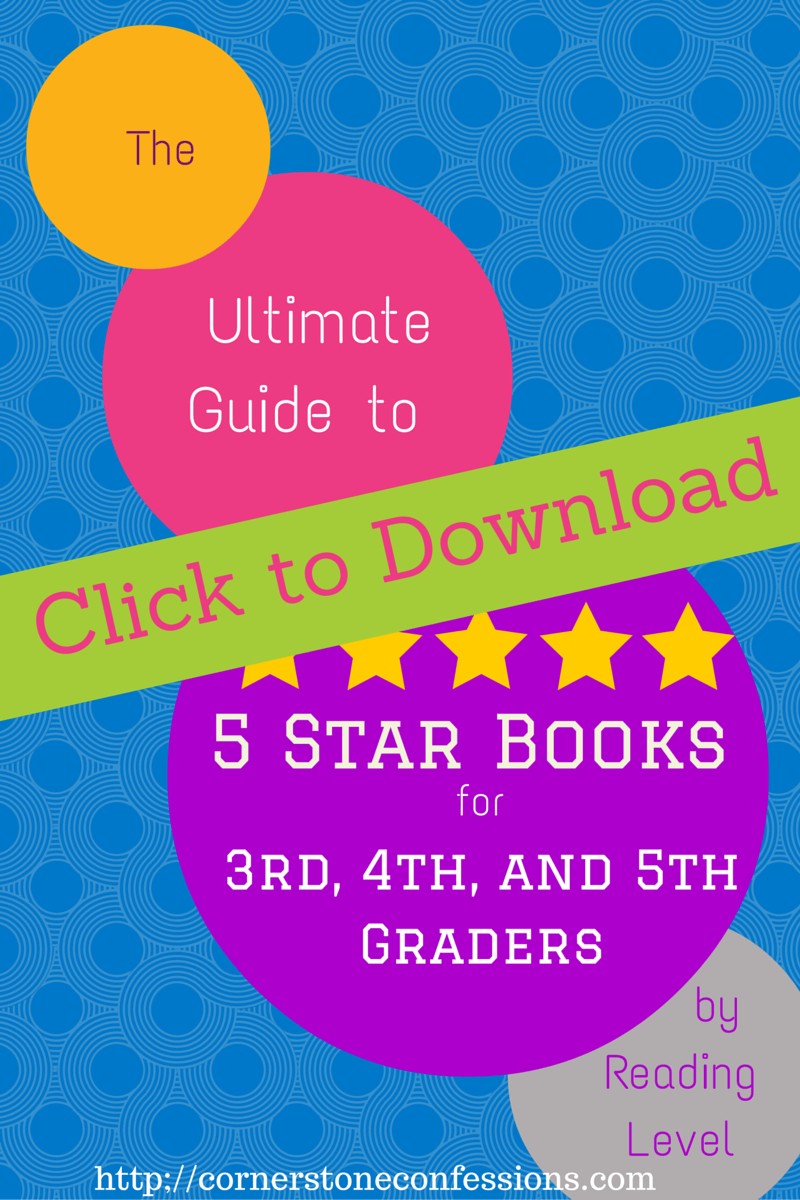Choosing the right books for children can be a rewarding but sometimes overwhelming task. Parents and educators often seek resources that align with a child’s reading level and interests. This guide focuses on helping you navigate the world of children’s literature and highlights the importance of selecting books like “A Dog Called Homeless” at the appropriate guided reading level.
 A child reading a book with a dog beside them
A child reading a book with a dog beside them
Understanding Guided Reading Levels
Guided reading levels are systems used to categorize books based on their difficulty, considering factors like vocabulary, sentence structure, and complexity of themes. These levels help educators and parents match children with books they can read with support and understanding.
Why Reading Level Matters
Selecting books that are too difficult can frustrate children and hinder their reading development. Conversely, books that are too easy may not provide enough challenge or engagement. Finding the “sweet spot” allows children to build confidence and fluency while expanding their comprehension skills.
“A Dog Called Homeless”: Exploring Themes and Reading Level
“A Dog Called Homeless” by Sarah Lean is a heartwarming story about a young girl named Cally who loses her memory after an accident and develops a special bond with a stray dog. The book explores themes of family, loss, and healing, making it a compelling read for middle-grade students.
While pinpointing the exact guided reading level can vary depending on the system used (e.g., Lexile, Guided Reading), “A Dog Called Homeless” typically falls within the range suitable for late elementary or early middle school readers. It’s essential to consider the individual child’s reading abilities and maturity when determining if this book is a good fit.
Resources for Determining Reading Levels
- Scholastic Book Wizard: This online tool allows you to search for books and find their reading levels based on various systems.
- Lexile Framework: Lexile measures provide a standardized way to assess reading ability and text difficulty.
- Your local librarian or school teacher: These professionals can offer personalized recommendations based on their knowledge of children’s literature and reading development.
Beyond Reading Level: Considering Content and Interest
While reading level is important, it’s crucial to consider the content and themes of the book. “A Dog Called Homeless” deals with sensitive topics such as memory loss and dealing with difficult emotions. Ensure that the child is emotionally ready to engage with these themes.
Additionally, consider the child’s interests. A child who loves animals will likely be more engaged with “A Dog Called Homeless” than a child who prefers science fiction.
Tips for Supporting Reading Comprehension
- Read aloud together: Even older children can benefit from hearing a book read aloud. This allows them to focus on comprehension and enjoy the story without struggling with decoding.
- Discuss the book: Ask questions about the characters, plot, and themes to encourage critical thinking and deeper understanding.
- Make connections: Help children connect the story to their own lives and experiences.
Expanding Your Reading List: Similar Books to Consider
If your child enjoys “A Dog Called Homeless,” here are some other books with similar themes and reading levels:
- “Because of Winn-Dixie” by Kate DiCamillo
- “The One and Only Ivan” by Katherine Applegate
- “Pax” by Sara Pennypacker
The Value of a Well-Curated Reading List
Creating a curated reading list, tailored to a child’s individual needs and interests, can foster a lifelong love of reading. By carefully considering factors like guided reading level and content appropriateness, you can empower children to become confident and engaged readers.
